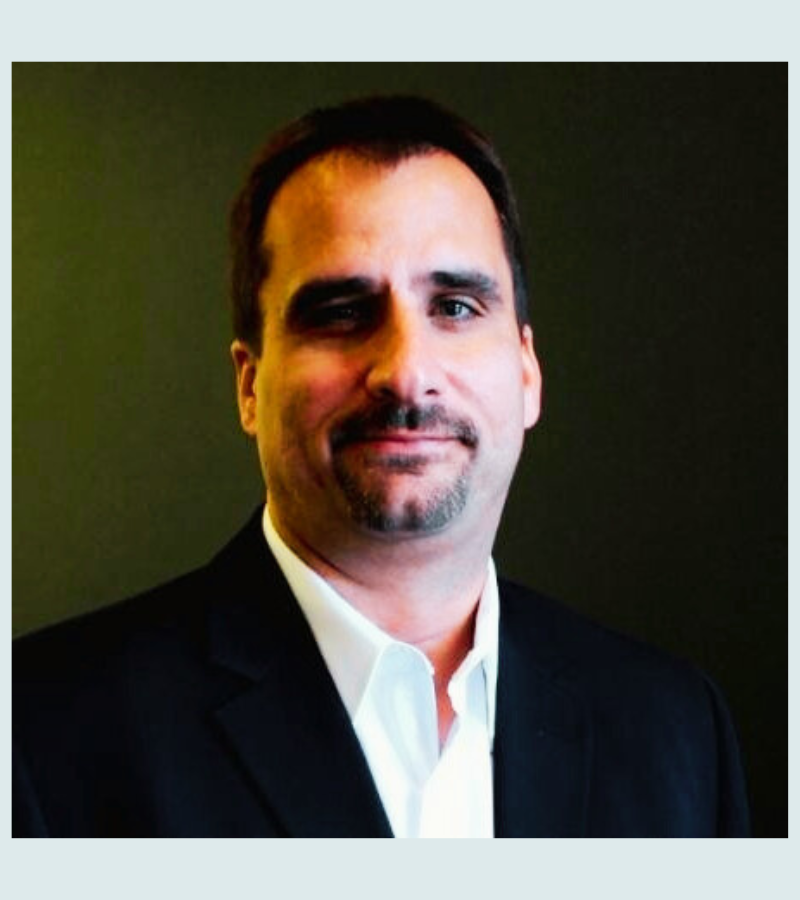How Zip Co is rewriting its playbook for the BNPL 2.0 era
- Once seen as a convenience for splurging on big-ticket items, BNPL is now becoming a go-to solution for necessities like groceries and utilities.
- Rory Herriman, Chief Product Officer and CTO of Zip Co, shares insights on how BNPL is expanding to meet broader consumer needs and cash flow management, and how Zip's approach is evolving with the sector.

Once seen as a convenience for splurging on big-ticket items, Buy Now, Pay Later (BNPL) is now becoming a go-to solution for necessities like groceries and utilities, according to recent research.
Speaking at Tearsheet’s The Power of Payments Conference in New York City, Rory Herriman, Chief Product Officer and CTO of Zip Co, shared insights into the evolution of the BNPL model. Zip Co provides point-of-sale financing and digital payment solutions to industries including retail, home improvement, healthcare, automotive, and travel.

“Before joining Zip [almost a year ago], I viewed BNPL primarily as a tool for impulsive purchases, mostly in consumer electronics and fashion,” says Herriman. “However, it is a common misconception within the payments and lending industries.”
Herriman observes that BNPL has matured into a widely accepted payment method, serving a broader spectrum of consumer requirements and assisting with cash flow management. He refers to this new phase as BNPL 2.0 or short-term installment consumer lending 2.0.
Herriman notes that Zip is pursuing a dual approach, drawing on both internal initiatives and external solutions to keep pace with the changing dynamics of the BNPL sector.
Zip Co’s internal three-pronged approach
Zip has integrated its product, engineering, and data teams into a unified strategy for developing next-generation solutions.
“These are the three legs of the stool,” Herriman says.
…



